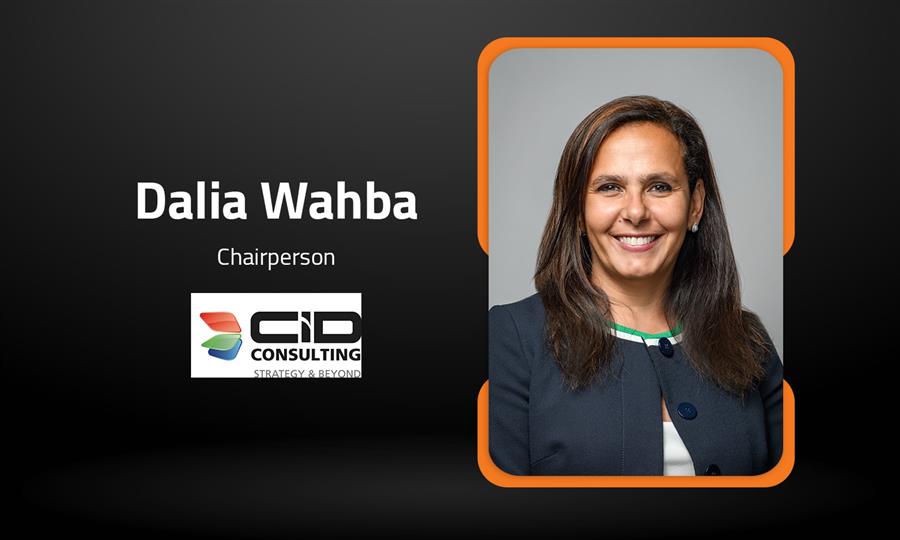The Economic Significance of Egypt's Free Zones
Updated 6/1/2024 9:00:00 AM
Free zones in Egypt are designated areas to offer favorable conditions for business and trade. These zones are designed to attract both domestic and foreign investment by providing various incentives and benefits to companies operating within them.
From streamlined customs procedures to tax exemptions and simplified regulatory frameworks, free zones aim to stimulate economic growth, foster innovation, and enhance competitiveness on a global scale.
Egypt's free zones serve as vital hubs for manufacturing, logistics, services, and technological development. They play a crucial role in the country's economic diversification and integration into the global marketplace.
In this Factsheet, we will deepen our understanding of the economic role and significance of free zones in Egypt.
- Free zones in Egypt are classified into two types: public and private zones. Public free zones are state-owned areas where multiple projects across various sectors are concentrated. They are often situated at strategic maritime, land, or airport locations. Private zones, on the other hand, are either owned or leased by investors, with each zone accommodating one or more independent projects operating in similar activities.
- Egypt hosts nine public free zones spread across different governorates, including Cairo, Giza, Menoufia, Alexandria, Damietta, Qena, Suez, Ismailia, and Port Said. Among these, the Alexandria free zone stands out as the largest, covering 42% of the total area of public zones, followed by the Giza (Media Public) free zone at 18%, and the Suez free zone at 9%.
- Occupancy rates vary across public free zones, ranging from 26% in the Qena (Qeft) free zone to full capacity in both the Menoufia (Sheben El Kom) and Damietta zones.
- Egypt has approximately 209 private free zones, which surpass the number of public zones by more than 20 times. Cairo and Alexandria together host nearly 80% of these private zones.
- Projects are more prevalent in public free zones than in private ones. Over the past decade, public free zones have averaged approximately 892 projects, whereas private free zones have averaged around 214 projects.
- Industrial projects dominate the landscape of free zones, comprising 47% of total projects, followed by service projects at 43%. Storage projects constitute 10% of the total, primarily concentrated in zones near seaports like Alexandria, Damietta, Suez, and Port Said.
- In 2022, free zones accounted for 20% of Egypt's total foreign investments and employed around 200,000 individuals, or 0.7% of the nation's total workforce.
- In 2023, free zones contributed significantly to Egypt's exports, totaling $20.2 billion, or 46% of the country's total exports. The majority of these exports (70%) originated from the Alexandria and Cairo free zones. Meanwhile, the Qena free zone did not contribute to exports. Non-oil commodities made up 43% of exports, followed by oil products at 29%, and services at 28%. Notably, exports grew at an average rate of 7% during the period from 2017 to 2022.
By: Amina Hussein






